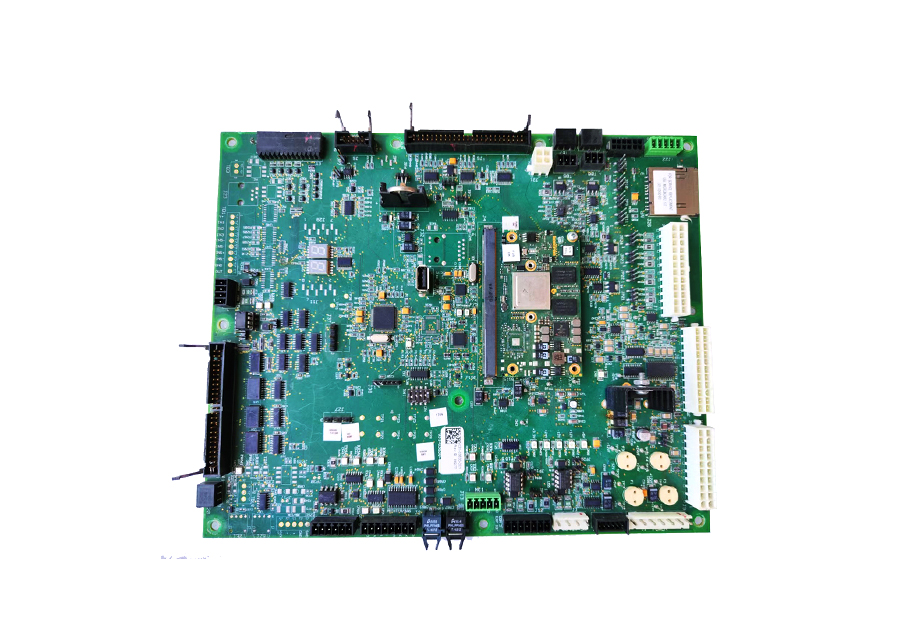-
CN
-
Service Hotline
+8618129931046 Mr. Liao


Time:2025-06-10 Views:1

Single-sided printed circuit boards (PCBs) find extensive use in lighting dimming circuits due to their simplicity, cost advantages, and suitability for relatively straightforward electrical designs. Lighting dimming circuits are used to adjust the brightness of lamps, and single-sided PCBs provide an efficient platform for implementing these circuits.
In basic incandescent lamp dimming circuits, single-sided PCBs are commonly employed. These circuits typically use a triac-based dimmer. The single-sided PCB serves as the platform to mount components such as the triac, resistors, capacitors, and potentiometers. The potentiometer is used by the user to control the dimming level. When the user turns the potentiometer, it varies the voltage applied to the triac's gate, which in turn controls the amount of current flowing through the incandescent lamp, adjusting its brightness. The single-sided PCB layout is designed to ensure proper electrical connections between these components while minimizing the size of the board. For example, the traces on the PCB are routed to connect the power input, the triac, and the lamp in a way that reduces electromagnetic interference and ensures stable operation.
In more modern lighting systems, such as LED dimming circuits, single-sided PCBs also play a vital role. LED dimming can be achieved through various methods, including pulse-width modulation (PWM) and analog dimming. For PWM-based LED dimming circuits on a single-sided PCB, components like microcontrollers, transistors, and resistors are mounted. The microcontroller generates PWM signals, which are then used to control the on-off time of the LEDs, effectively adjusting their brightness. The single-sided PCB layout is carefully planned to separate the digital control section (where the microcontroller is located) from the power section (where the LEDs and power transistors are connected). This separation helps in reducing noise interference and ensuring the efficient operation of the LED dimming circuit.
Moreover, single-sided PCBs in lighting dimming circuits can be designed with additional features for enhanced functionality. For instance, they can incorporate sensors such as ambient light sensors or occupancy sensors. An ambient light sensor can be used to automatically adjust the brightness of the lights based on the surrounding light levels, saving energy. An occupancy sensor can turn the lights on and off when people enter or leave a room. These sensors are easily integrated onto a single-sided PCB, and the traces are routed to connect them to the appropriate control and power sections of the circuit. The cost-effectiveness and simplicity of single-sided PCBs make them an ideal choice for lighting dimming circuits in a wide range of applications, from residential lighting to commercial and industrial lighting systems.